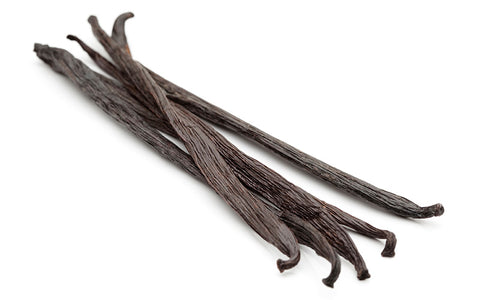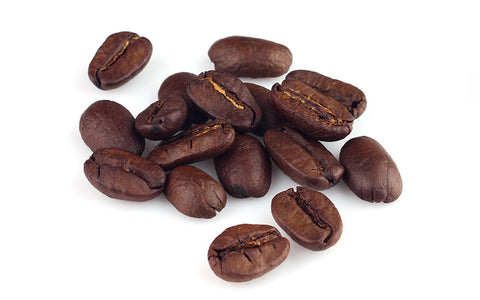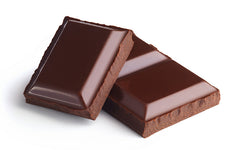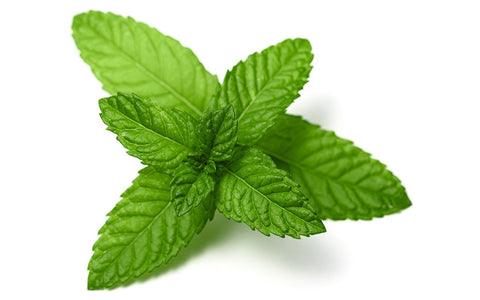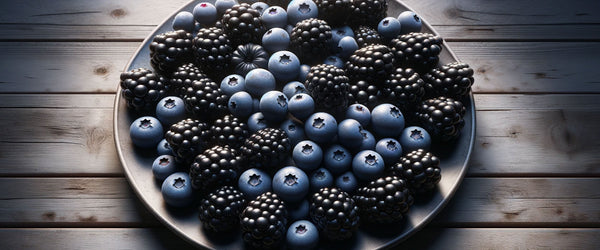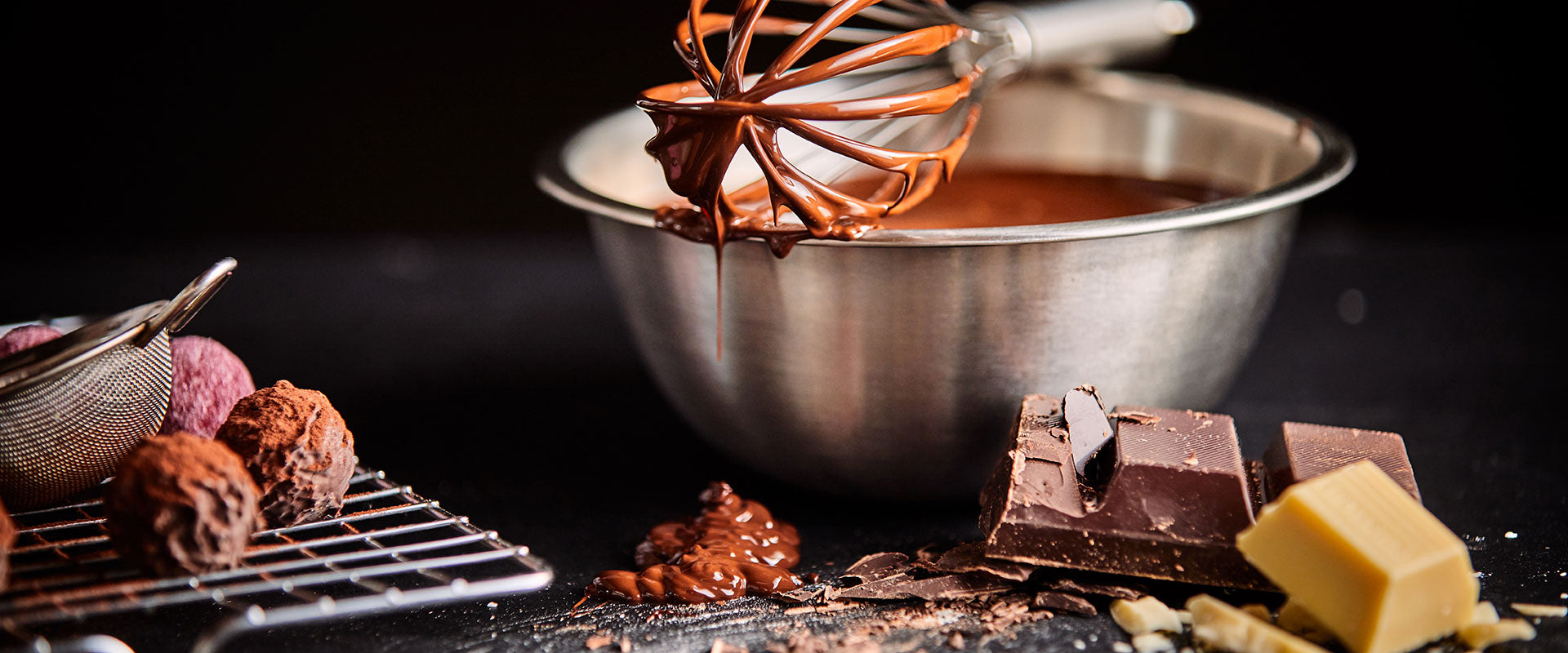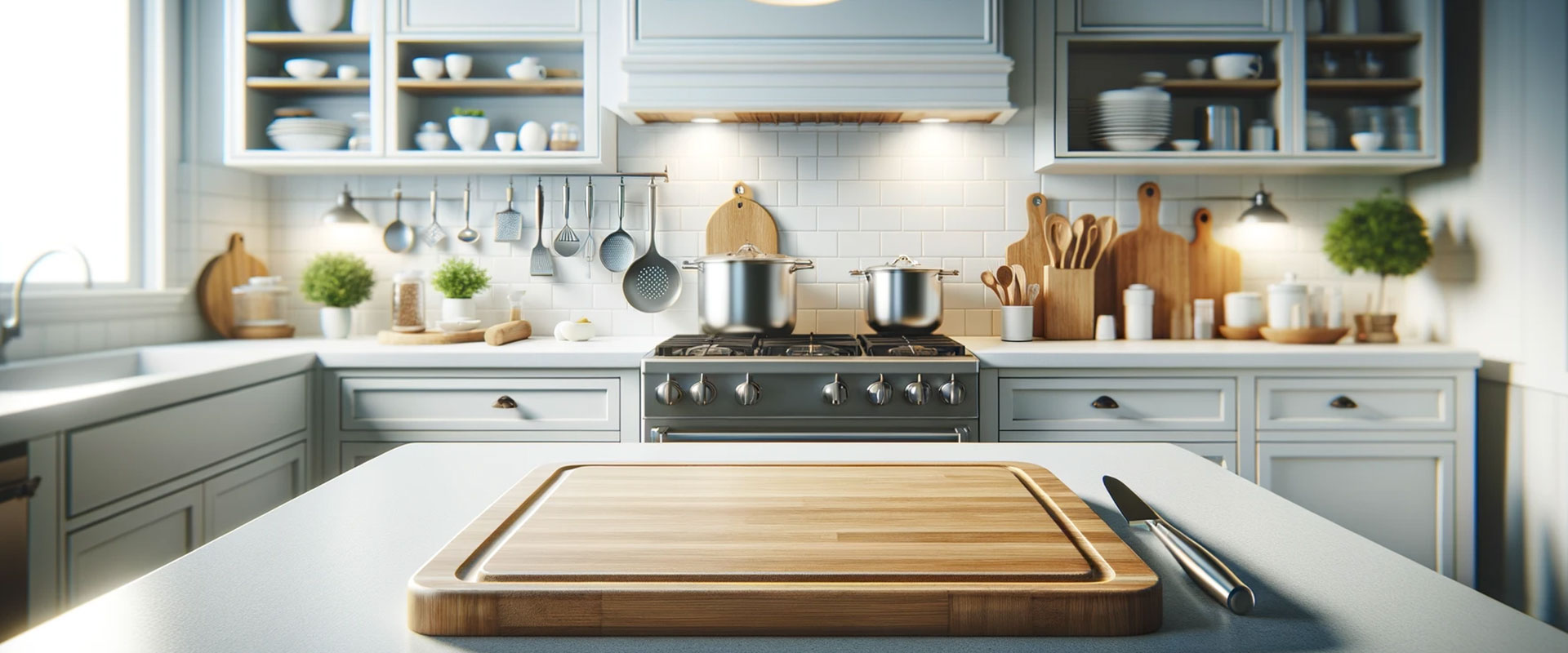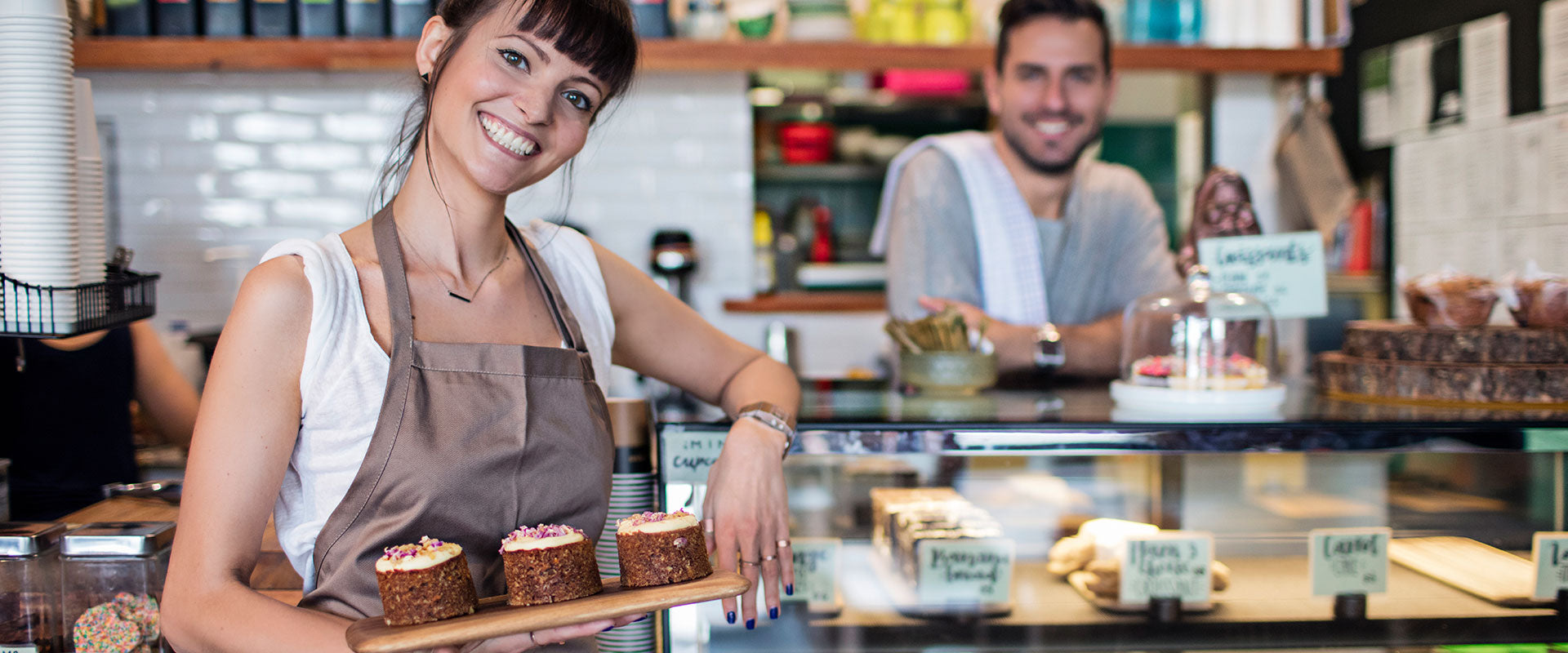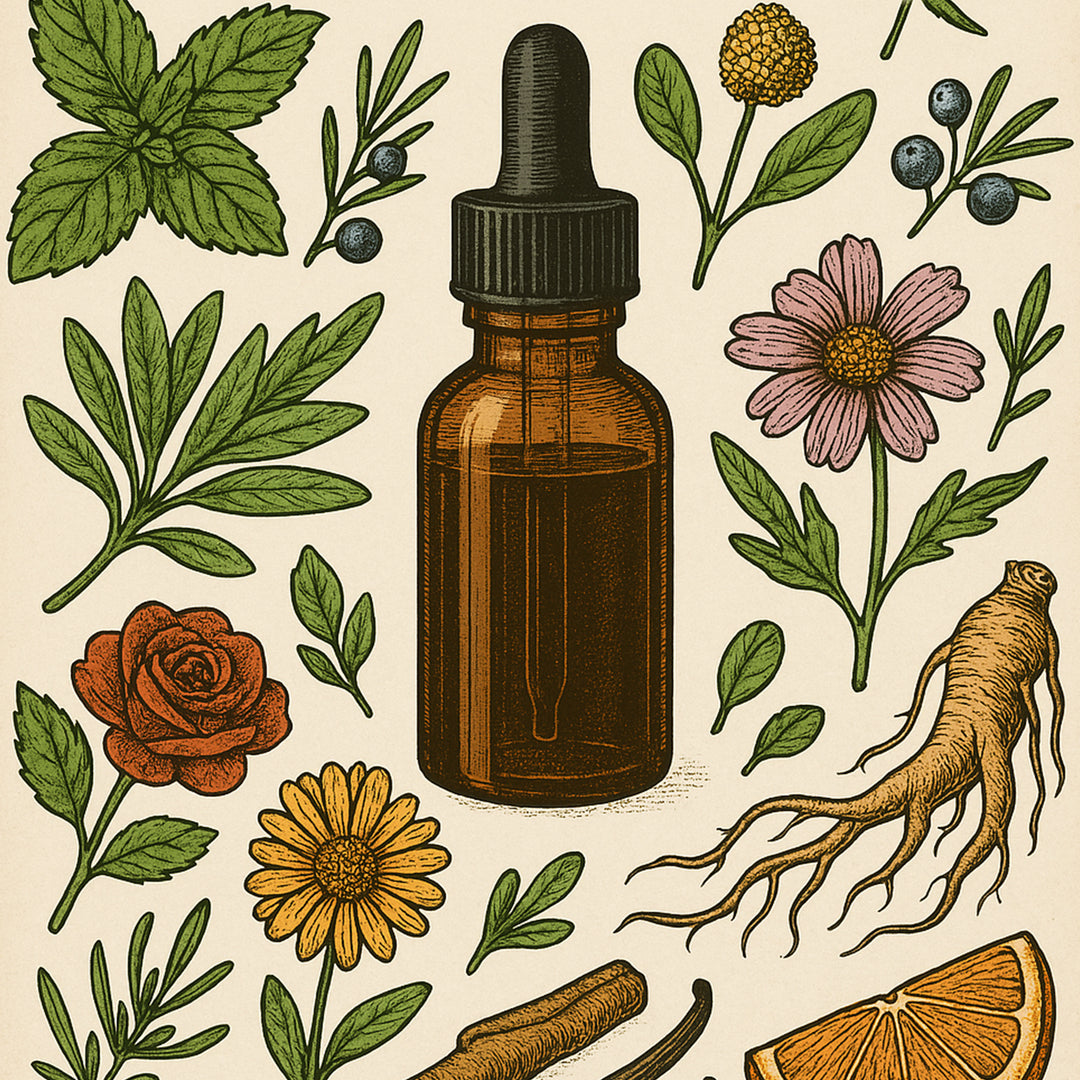Chef's Guide to Food Grade Ethanol in the Kitchen
Alcohol, specifically and importantly food grade ethanol or ethyl alcohol, has been incorporated into what we call "food" since the very beginning of time, across all cultures, continents, and civilizations. Thanks to yeast driven natural fermentation processes, alcohol found its way into our food naturally, if given enough time and the right conditions. It wasn't until modern science that we fully understood how and why this "spirit" worked when consumed.
Moving to the present, alcohol continues to play a role in key dishes of every culture, whether in sauces, marinades, seasonings, or as flavor enhancers in various forms. However, despite the distinct differences in taste between spirits like rum and tequila or aquavit and vodka, they all contain ethanol. This single molecule is responsible for the effects of spirits when used in cooking beyond their flavor profiles.
Jump to a section on this page:
- Food Grade Ethanol for Cooking
- Homemade Flavor Extracts with Food Grade Ethanol
- Citrus Extract Recipes using 200 Proof Food Grade Ethanol
- All-Natural Food Coloring and Dye (From Real Ingredients!)
- Working with Sugar and Food Grade Ethanol
- Working with Chocolate and Food Grade Ethanol
- Surface and Tool Sanitization for Food Service
- Journeying Through Culinary History: Unraveling the Traditions of Alcohol in the Kitchen
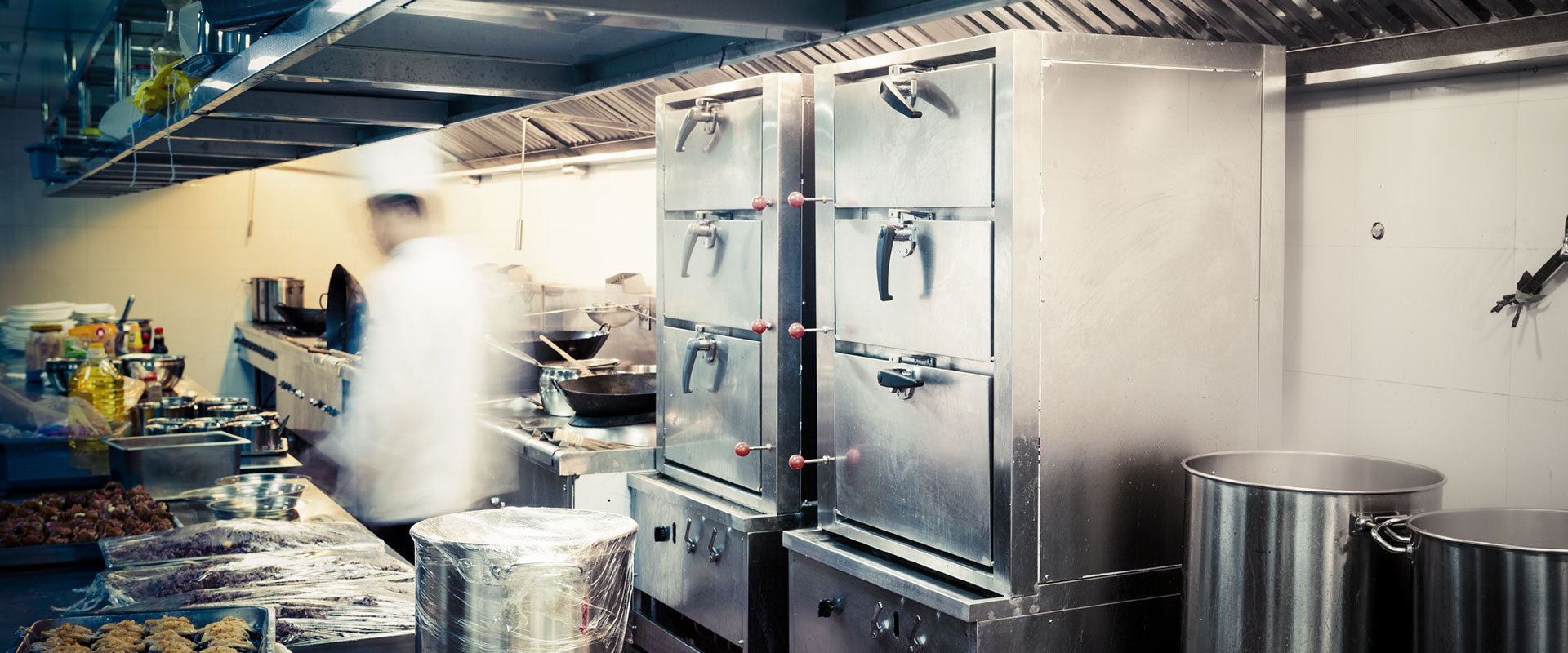
Food Grade Ethanol for Cooking
There are many types of alcohols, but when discussed in a food context or recipe, the word "alcohol" always means pure ethyl alcohol (ethanol).
"Pure ethyl alcohol" is the same alcohol available at the beverage liquor store, as well as from reputable suppliers online offering "food grade ethanol" for sale.
200 Proof means 100% ABV. 190 Proof means 95% ABV. If stated at 190 proof, the other 5% is always water. Beverage alcohol at 80 proof (40% ABV) or lower may contain a non-negligible amount of sugar in place of water.
The percentage of water in solution can affect what the alcohol can do in terms of extraction, solubility, evaporation, and preservation properties.
Why is ethanol useful in cooking?
Alcohol is a powerful solvent, capable of dissolving and holding flavors or colors in solution until needed. When heated in a pan or as part of a baked recipe, alcohol will cook away leaving behind any flavors that were dissolved into the alcohol.

Homemade Flavor Extracts with Food Grade Ethanol
Discover the amazing improvement to your next recipe when you make your own flavor extracts. Making your own flavor extracts at home is quick and easy for results that will make your next recipe stand out from the crowd. Use the links below to jump to popular homemade flavor extract recipes.
- Homemade Vanilla Extract Recipe
- Coffee Extract Recipe
- Chocolate Extract Recipe (posted soon)
- Mint Extract Recipe
Homemade Citrus Extract Recipes using Food Grade Ethanol
Food grade ethanol captures the essential oils of citrus fruit at any temperature. Citrus extracts made with 200 proof food grade ethanol are a true reflection and embodiment of the specific variety of citrus used. Extracts let you add flavor in unexpected ways, preserve seasonal or hard to source varieties, and control the level of citrus flavor you add to your dish or recipe. Each citrus fruit creates a different extract experience, try them individually, or blend them for a truly unique flavor experience. Read More About Mastering Citrus Extracts.
- Lemon Extract Recipe
- Lime Extract Recipe
- Orange Extract Recipe (Naval)
- Blood Orange Extract Recipe
- Bitter Orange Extract Recipe
- Buddha's Hand Extract Recipe
- Grapefruit Extract Recipe
- Kaffir Lime Extract Recipe
- Key Lime Extract Recipe
- Kumquat Extract Recipe
- Mandarin Orange Extract Recipe
- Meyer Lemon Extract Recipe
- Pomelo Extract Recipe
- Tangelo Extract Recipe
- Yuzu Extract Recipe

All-Natural Food Coloring and Dye (From Real Ingredients!)
Say "Goodbye" to artificial food coloring and dyes made from synthetic chemicals, petroleum by products, animal glands, insect parts, or who knows-what ingredients (to be honest). Making your own all-natural food coloring and dye using real natural ingredients and some 200-proof food grade ethanol from Culinary Solvent is the ticket. Every color of the rainbow is available, sourced from fresh natural ingredients if you look in the right places.
- Red - How to Make All-Natural Red Food Coloring and Dye
- Orange - How to Make All-Natural Orange Food Coloring and Dye
- Yellow - How to Make All-Natural Yellow Food Coloring and Dye
- Green - How to Make All-Natural Green Food Coloring and Dye
- Blue - How to Make All-Natural Blue Food Coloring and Dye
- Indigo-Purple - How to Make All-Natural Purple Food Coloring and Dye
- Green - How to Make All-Natural Green Food Coloring and Dye
- Brown - The Lowdown about Caramel Color
- Black - How to Make All-Natural Black Food Coloring and Dye
Make Your Holiday Treats Healthier Using All-Natural Food Coloring Made with Real Ingredients!
Discover spooky Halloween-themed all-natural food color inspiration. Achieve vibrant oranges, greens, purples, and blacks without all those chemically derived artificial colors and their known side effects.
Why make your own all-natural food coloring?
In today's era of science and technology, many choose to use a dropper of mysterious blue ink-like liquid to color their cupcake batter a Smurf-blue, thinking it's convenient. However, today's foods often contain artificial colors not only for festive reasons but also to appear "normal."
Natural is better. By exploring natural sources, we can discover real food-based colors that, when mixed with pure food-grade ethanol, create all-natural food colorings. Now, it's never been easier to ditch artificial synthetic chemicals and still provide festive color to our baked goods and recipes.
More resources about Artificial Food Coloring
- Artificial Purple Food Dyes and Their Side Effects
- Artificial Yellow Food Dye and Their Side Effects
- Artificial Green Food Dyes and Their Side Effects
- Artificial Red Food Dye and Their Side Effects
- Artificial Blue Food Dyes and Their Side Effects
Working with Sugar and Food Grade Ethanol
Bakers and confectioners often utilize food grade alcohol to help manipulate sugar in a variety of ways. Sugar and ethanol can be combined and engineered to create decorations or sugar art. Food grade ethanol is also used to thin edible paints or glazes, as a solvent for mixing luster dust or petal dust, and to clean tools and equipment when working with sugar.
Read More Here:
- Enhance Your Cake Decorating Skills with Culinary Solvent: Master Edible Glues and Coatings
- Elevate Your Sugar Work with Culinary Solvent: Enhance Your Baking Decorations and Techniques
Working with Chocolate and Food Grade Ethanol
Food grade alcohol serves multiple essential purposes when working with chocolate. Firstly, it improves the chocolate's consistency and workability, facilitating the creation of precise designs. Additionally, it helps prevent chocolate from seizing by evaporating quickly, thus avoiding unwanted moisture in the mixture. Moreover, when used in chocolate coatings and decorations, it thins the mixture for a smoother application and glossy finish, while also serving as a base for crafting flavorful chocolate extracts and vibrant edible paints.
Read More Here: Improve Your Chocolate Work with Culinary Solvent's 200 Proof Food Grade Ethanol
Surface and Tool Sanitization for Food Service
When it comes to the kitchen or any food-service environment, food grade ethanol is 1.) Safe, 2.) Natural, 3.) Proven as a sanitizer and disinfectant. Dilute with water to the right ratio for proven effectiveness against grime, grease, germs, viruses, stains and more.
- All Things Surface Disinfectant - learn more here about diluting 200 proof alcohol with water to 80% ABV for disinfecting kitchen surfaces, tools, sinks, fixtures, and more.
- Compare to "Pasteuriser 77" and make your own 77% ABV surface disinfectant using Culinary Solvent 200 Proof Ethanol.
Journeying Through Culinary History: Unraveling the Traditions of Alcohol in the Kitchen
Use the links below to explore more about the traditional use of alcohol in cooking across different cultures and eras in time.
- Food Grade Ethanol in Italian Cuisine: A Historical Perspective
- Why Does Vodka, or Ethyl Alcohol, Enhance Tomato Sauce?
- The Hidden Role of Food Grade Ethanol in Traditional Japanese Cuisine
- The Ethanol Effect: A Historical Perspective on Using Alcohol to Enhance Food Flavors
- From Spice Route to Extract Route: The Historical Practice of Making Spice Extracts with Ethanol
Additional Resources for Chefs
Search our Alcohol for Chefs blog for more tips, techniques, recipes, and information on using, buying, and storing food grade alcohol for cooking.






